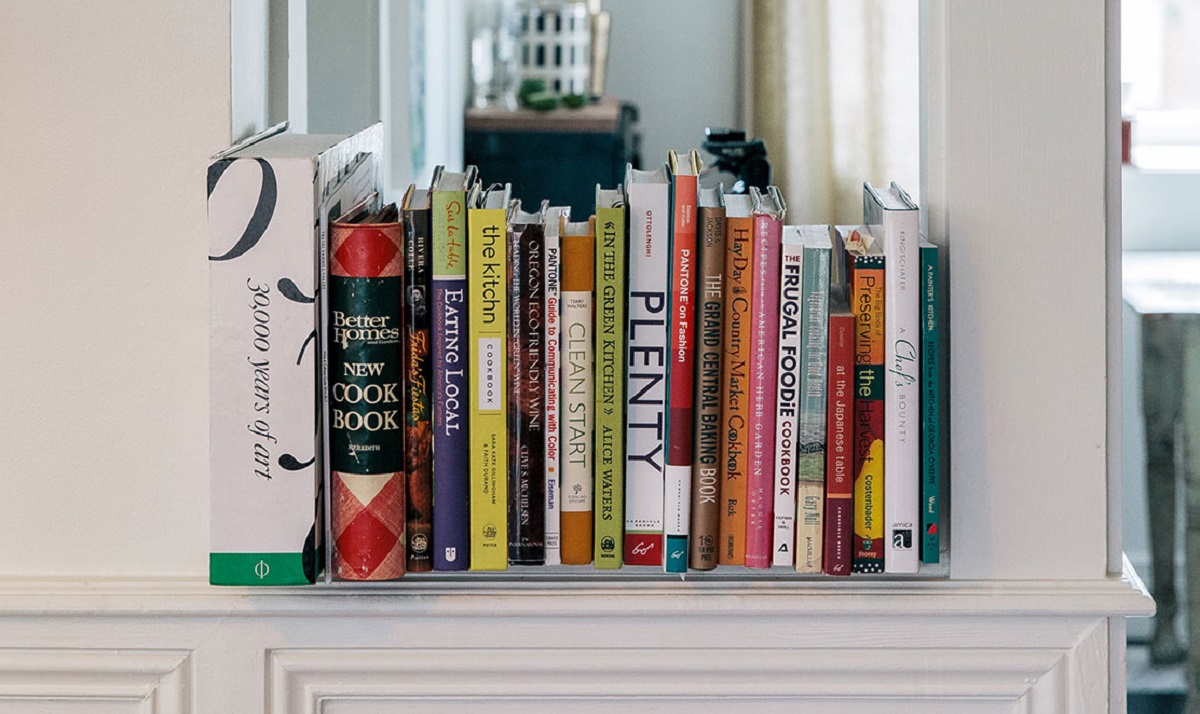

Articles
How To Store Cookbooks
Modified: February 24, 2024
Learn the best methods for storing your cookbooks with our informative articles. Keep your favorite recipes organized and easily accessible.
(Many of the links in this article redirect to a specific reviewed product. Your purchase of these products through affiliate links helps to generate commission for Storables.com, at no extra cost. Learn more)
Introduction
When it comes to cooking, having a collection of cookbooks can be a valuable resource. However, storing and organizing them properly is essential to keep them in good condition and easily accessible. Whether you’re a culinary enthusiast or a professional chef, having a well-organized cookbook collection can save you time and hassle in the kitchen.
In this article, we will explore various methods and tips for storing your cookbooks effectively. From choosing the right storage space to protecting your prized cookbooks from damage, we will provide you with expert advice to help you maintain your collection. Additionally, we will discuss creative ways to display your cookbooks that can add a touch of charm to your kitchen decor.
So, if you’re ready to learn how to store your cookbooks like a pro, let’s dive in!
Key Takeaways:
- Organize your cookbooks by cuisine, author, or meal type to make it easy to find recipes. Use shelf dividers and creative displays to protect and showcase your collection.
- Consider digital options for storing cookbooks, such as e-book readers and recipe apps, to save space and access recipes conveniently. Protect special cookbooks with extra care to preserve their sentimental value.
Read more: How To Store Cookbooks In Kitchen
Organizing Your Cookbooks
Before you can start storing your cookbooks, it’s important to organize them in a way that makes sense for your cooking style and preferences. Here are a few tips to help you get started:
- Categorize by cuisine: Sort your cookbooks by cuisine type, such as Italian, Mexican, or Asian. This can make it easier to find recipes from specific regions.
- Arrange by author: If you have cookbooks from specific authors or chefs, consider grouping them together. This can be helpful if you have a favorite chef whose recipes you often refer to.
- Sort by meal type: Another option is to organize your cookbooks based on meal types like breakfast, lunch, dinner, or desserts. This can be particularly useful when you’re looking for inspiration for a specific meal.
- Create a favorites section: Designate a section for your most-used and favorite cookbooks. This can save you time when you’re looking for tried and true recipes.
Additionally, you can use sticky tabs or bookmark ribbons to mark your favorite recipes or ones you frequently use. This will help you quickly locate them without having to flip through the entire book.
Remember, the key to organizing your cookbooks is to find a system that works for you and makes it easy for you to find the recipes you need, when you need them.
Choosing the Right Storage Space
When it comes to storing your cookbooks, it’s important to choose the right storage space to protect them from damage and ensure their longevity. Here are a few factors to consider when selecting a storage space:
- Avoid direct sunlight: Sunlight can fade book covers and damage the pages over time. Choose a storage space away from windows or use curtains or blinds to block out direct sunlight.
- Maintain proper temperature and humidity: Extreme temperatures and high humidity can cause mold, deterioration, and warping of the books. Aim for a storage space with a stable temperature and humidity level.
- Keep away from moisture: Moisture can cause pages to stick together and promote the growth of mold. Avoid storing cookbooks in areas prone to moisture, such as basements or bathrooms.
- Consider shelving: Shelves provide a convenient and organized way to store your cookbooks. Look for sturdy, adjustable shelves that can accommodate the size and weight of your collection.
- Utilize vertical and horizontal space: Make the most out of your storage space by using a combination of horizontal and vertical storage options. Stack books horizontally to prevent them from tipping over, and use bookends to keep them upright.
- Allocate enough space: Ensure that you have enough room to comfortably store your collection. Overcrowding can lead to damage and make it difficult to find the cookbook you need.
Ultimately, the ideal storage space for your cookbooks will depend on your available space and specific requirements. Take the time to assess your options and choose a storage solution that best suits your needs.
Displaying Cookbooks
If you have a collection of beautiful and beloved cookbooks, why not showcase them as part of your kitchen decor? Here are some creative ways to display your cookbooks:
- Open shelves: Install open shelves in your kitchen and arrange your cookbooks in an aesthetically pleasing manner. This not only adds a personal touch to your kitchen but also makes it easy to access your favorite recipes.
- Book stands: Invest in decorative book stands to showcase your most-used cookbooks. These stands can be placed on your kitchen counter, island, or dining table for easy access and a stylish display.
- Wall-mounted racks: If you want to save counter space, consider installing wall-mounted racks to hold your cookbooks. This can create a functional and visually appealing display on your kitchen walls.
- Display stands: Showcase your favorite cookbook covers by using display stands. These stands are designed to hold open books and can be placed on any flat surface in your kitchen.
- Stacks with decor: Create visually appealing stacks of cookbooks interspersed with decorative items like small plants, recipe card holders, or vintage cooking utensils.
- Color coordination: Arrange your cookbooks by color to create a visually striking display. This can add a pop of color to your kitchen and make a statement.
Remember to regularly dust and clean your displayed cookbooks to keep them looking their best. Additionally, consider rotating your display periodically to showcase different cookbooks and keep things fresh.
By displaying your cookbooks in creative and visually appealing ways, you not only add character to your kitchen but also make it easier to find and access your favorite recipes.
Protecting Cookbooks from Damage
To ensure the longevity of your cookbooks, it’s important to take steps to protect them from damage. Here are some tips to keep your collection in pristine condition:
- Handle with clean hands: Before touching your cookbooks, wash and dry your hands to remove any oils or residue that could transfer onto the pages.
- Use bookmarks or sticky notes: Avoid folding pages or using random objects as bookmarks. Instead, use bookmarks or sticky notes specifically designed for books to mark your place.
- Avoid food stains: Be mindful of using your cookbooks while cooking. Keep them away from splatters, spills, and direct contact with food to prevent staining.
- Store in protective covers: Consider using protective book covers or dust jackets to shield your cookbooks from dust, moisture, and accidental spills.
- Keep away from pets and children: Store your cookbooks out of reach of curious pets and children who might accidentally damage them.
- Repair damaged pages: If you notice torn or loose pages, use acid-free archival adhesive to carefully repair them. Avoid using regular glue that can damage the paper.
- Keep cookbooks clean: Regularly dust off your cookbooks and wipe them with a soft, dry cloth to remove any accumulated dust and debris.
- Store upright: Store your cookbooks upright to prevent them from leaning or sagging. This will help maintain their shape and prevent damage to the spines.
- Avoid overcrowding: Do not cram too many books into one shelf as this can cause damage to the books and make it difficult to retrieve them without causing further wear and tear.
By implementing these protective measures, you can ensure that your cookbooks remain in excellent condition, ready to inspire and guide you in your culinary adventures for years to come.
Caring for Special Cookbooks
Special cookbooks, such as family heirlooms or limited-edition collector’s items, require extra care and attention to preserve their value and sentimental significance. Here are some tips for caring for your special cookbooks:
- Store in acid-free archival boxes: If you have rare or valuable cookbooks, consider storing them in acid-free archival boxes to protect them from light, dust, and fluctuations in temperature and humidity.
- Handle with gloves: When handling delicate or antique cookbooks, wear clean cotton gloves to prevent fingerprints, oils, and other substances from transferring onto the pages.
- Avoid excessive opening and closing: Limit the frequency of opening and closing special cookbooks to reduce stress on the spine and binding. Only access them when necessary and handle them with care.
- Keep them in a controlled environment: Special cookbooks should be stored in a climate-controlled environment with low humidity and stable temperature. Avoid areas prone to extreme heat, cold, or moisture.
- Consider professional preservation: For extremely valuable or deteriorating cookbooks, consult a professional book conservator for restoration and preservation services. They can repair damaged pages, stabilize bindings, and provide expert advice on long-term care.
- Document your cookbook’s history: If you have a special cookbook with sentimental value, consider documenting its history, including family recipes, annotations, and stories associated with it. This adds a personal touch and preserves its legacy.
- Limit exposure to sunlight: Direct sunlight can cause fading and damage to special cookbooks. Display them in areas away from windows or use UV-filtering glass if you choose to showcase them.
Remember, special cookbooks hold a special place in your collection, so taking extra precautions to care for them will ensure their longevity and preserve their unique value and importance.
Store cookbooks in a cool, dry place away from direct sunlight to prevent damage from heat and humidity. Keep them upright to avoid warping and store heavier books on lower shelves to prevent them from bending.
Maximizing Space with Shelf Dividers
When it comes to storing and organizing your cookbooks, utilizing shelf dividers can be a game-changer. Shelf dividers are versatile tools that help maximize space and keep your collection neat and organized. Here’s how you can make the most of shelf dividers to optimize your storage:
- Create sections: Use shelf dividers to create designated sections for different categories of cookbooks, such as baking, vegetarian, or international cuisine. This helps you easily locate specific types of recipes without searching through the entire collection.
- Adjust the height: Most shelf dividers are adjustable, allowing you to customize the height of each section. This enables you to accommodate cookbooks of various sizes, from slim paperbacks to large hardcovers.
- Organize vertically: Instead of stacking books horizontally, use shelf dividers to store cookbooks vertically. This not only maximizes space but also makes it easier to browse titles and access the book you need without disturbing the rest.
- Prevent tipping: Shelf dividers help keep your cookbooks upright, preventing them from leaning or toppling over. This ensures the spines remain in good condition and avoids damage to the books.
- Separate softcovers and hardcovers: If you have a mix of softcover and hardcover cookbooks, use shelf dividers to create separate sections for each. This helps protect the more delicate softcovers from getting damaged or bent among the heavier hardcovers.
- Add labels or tags: Consider adding labels or tags on the shelf dividers to indicate the genres or themes of the cookbooks in each section. This makes it even easier to locate specific types of recipes at a glance.
- Utilize the sides: Some shelf dividers have hooks or pockets on the sides, providing additional space for storing small utensils, recipe cards, or booklets. Take advantage of these extra pockets to keep related items in close proximity to the cookbooks.
By utilizing shelf dividers effectively, you can make the most of your storage space, keep your cookbooks organized and accessible, and create a visually appealing display.
Using Cookbook Stands
Cookbook stands are not only functional but also add a touch of elegance to your kitchen. They provide a convenient and stylish way to hold up your cookbooks while you’re cooking or following a recipe. Here’s how you can make the most of cookbook stands:
- Elevate your cookbook: Place your cookbook on the stand to elevate it, allowing for easy reading and access to the recipe while keeping it away from spills or messes on the countertop.
- Choose a sturdy stand: Look for a cookbook stand that is durable and stable, capable of holding heavier cookbooks without tipping over. Consider stands made of materials like wood, metal, or acrylic for sturdiness and longevity.
- Adjustable angles: Opt for a stand with adjustable angles, allowing you to position the cookbook at your preferred reading angle. This ensures optimal visibility and reduces strain on your neck or wrists.
- Easy to clean: Select a cookbook stand that is easy to clean, as it may come into contact with spills or splatters while in use. Look for stands with smooth surfaces that can be wiped down quickly.
- Multi-purpose use: Some cookbook stands come with additional features, such as built-in page holders, hooks for hanging utensils, or extra compartments for storing notes or small ingredients. Consider your needs and choose a stand with features that will enhance your cooking experience.
- Showcase a decorative stand: If you have a beautiful or unique cookbook stand, you can use it as a decorative piece in your kitchen. Place it on your countertop or kitchen island to not only hold your cookbooks but also add a charming touch to your kitchen decor.
- Rotate your cookbook: One advantage of using a cookbook stand is the ability to easily rotate the cookbook to view the pages more comfortably. This is particularly useful when using larger cookbooks or when following a multi-step recipe.
Cookbook stands are not only practical tools but also add style and functionality to your kitchen. By investing in a sturdy and adjustable stand, you can enhance your cooking experience and keep your favorite recipes easily accessible as you whip up delicious meals.
Storing Cookbooks in the Kitchen
The kitchen is the hub of culinary inspiration, making it a natural place to store and access your cookbooks. Here are some tips for storing cookbooks in your kitchen:
- Use open shelves: Install open shelves on a wall in your kitchen to showcase your cookbooks. This not only provides easy access to your collection but also adds a decorative element to your culinary space.
- Dedicate a cookbook cabinet: Designate a specific cabinet or shelf for storing your cookbooks. Consider installing shelves inside the cabinet to maximize storage space and keep your collection organized.
- Create a cookbook nook: If you have a small corner or alcove in your kitchen, transform it into a cozy cookbook nook. Install shelves or a small bookcase and add a comfortable reading chair or stool for a dedicated space to peruse your cookbooks.
- Utilize the kitchen island: If you have an island or a spacious countertop, consider creating a designated area for your cookbooks. Use a cookbook stand or prop them up against the backsplash for easy access while cooking.
- Hang a cookbook rack: Install a wall-mounted cookbook rack in your kitchen to keep your most-used cookbooks within arm’s reach. This saves counter space and avoids cluttering the workspace.
- Group by frequency of use: Arrange your cookbooks based on their frequency of use. Keep the ones you reach for frequently near your cooking area, while the less-used cookbooks can be stored in a separate section.
- Consider the proximity to cooking tools: Store your cookbooks near your cooking tools and utensils for convenience. This reduces the steps needed to refer to a recipe while you’re in the midst of preparing a meal.
- Keep them away from heat and moisture: Choose a storage location in your kitchen that is away from sources of heat, steam, and moisture. This helps prevent damage to the books and ensures their longevity.
By incorporating these strategies, you can seamlessly integrate your cookbooks into your kitchen’s design while keeping them readily accessible for all of your cooking adventures.
Read also: 8 Best Air Fryer Oven Cookbook for 2024
Storing Cookbooks in Other Rooms
While the kitchen is the most common place to store cookbooks, you may find yourself in need of additional storage options, especially if you have a large collection or limited kitchen space. Here are some ideas for storing cookbooks in other rooms of your home:
- Home office or study: If you have a home office or study with built-in shelves or a bookcase, consider allocating a section for your cookbooks. This not only keeps them organized but also provides a unique and unexpected touch to your workspace.
- Living room or family room: Incorporate your cookbooks into your living room or family room decor by placing them on a coffee table, console table, or bookshelves. This allows for easy access and creates a cozy atmosphere for browsing through your favorite recipes during leisure time.
- Dining room or buffet: If you have a dining room with a buffet or sideboard, use it to store your cookbooks. Arrange them neatly, along with decorative accents, to create an inviting display that can be conveniently accessed during meal planning or entertaining.
- Bedroom: If you prefer to keep your cookbooks close by even in the bedroom, consider adding a small bookshelf or a nightstand with a shelf. This is a convenient option for those who enjoy reading cookbooks before bed or finding meal inspiration in the morning.
- Book nook or reading corner: Create a cozy reading nook in any room of your home and include a shelf or storage unit specifically for your cookbooks. This dedicated space provides a peaceful retreat for browsing and exploring new recipes.
- Understairs or hallway storage: If you have unused space under the stairs or along a hallway, consider adding shelves or installing built-in storage to house your cookbook collection. This clever use of space keeps cookbooks organized and makes the most of otherwise unused areas.
- Guest room or guest suite: If you have a spare room that serves as a guest room or a guest suite, incorporate a small bookshelf or a nightstand that can accommodate a few select cookbooks. It adds a thoughtful touch for guests who enjoy cooking or reading culinary literature during their stay.
By exploring storage options in different rooms, you can find creative solutions to accommodate your cookbooks while adding personality and functionality to various areas of your home.
Digital Options for Storing Cookbooks
In addition to physical storage, there are digital options available for storing and accessing cookbooks. Embracing technology can offer convenience, flexibility, and space-saving benefits. Here are some digital options for storing your cookbooks:
- E-book readers: E-book readers, such as Kindle or iPad, offer a portable and compact solution for storing your cookbooks digitally. You can download and store multiple cookbooks in one device, which is especially handy if you’re short on physical space.
- Cookbook apps: Many cookbook apps are available for smartphones and tablets, offering a vast library of recipes at your fingertips. These apps often provide features like bookmarking recipes, creating shopping lists, and accessing videos or tutorials for a more interactive cooking experience.
- Digital recipe organizers: There are various websites and applications designed specifically for organizing and storing your personal collection of recipes. These platforms allow you to save, categorize, and tag your favorite recipes, as well as access them from multiple devices.
- Online recipe repositories: Utilize online recipe repositories and websites where you can bookmark recipes, create collections, and access them from any device with an internet connection. Websites like Pinterest, Allrecipes, and Food Network offer seamless ways to save and organize your preferred recipes.
- Cloud storage solutions: Upload your digital cookbooks and recipe files to cloud storage services like Google Drive or Dropbox. This allows you to access your collection from any device with internet access, ensuring that your recipes are always available wherever you are.
- Website memberships: Some cooking websites or recipe platforms offer memberships that grant access to a vast library of recipes. These memberships provide the convenience of having numerous cookbooks and recipes available digitally without cluttering your physical space.
When using digital options, keep in mind that technology can occasionally have connectivity issues or limitations. Additionally, reading from a screen may differ from the tactile experience of flipping through physical pages. However, digital options provide a convenient way to store and access a wide range of cookbooks and recipes with just a few taps or clicks.
Remember to back up your digital cookbooks and recipes regularly to avoid the risk of losing them due to technical issues or device failures. A combination of physical and digital storage options will provide you with flexibility and the ability to enjoy your cookbook collection anytime, anywhere.
Conclusion
Storing and organizing your cookbooks is an essential step in maintaining your collection and making them easily accessible. Whether you choose to store them in the kitchen, in other rooms of your home, or opt for digital options, there are a variety of methods and strategies to suit your needs.
By categorizing your cookbooks, utilizing shelf dividers, and choosing the right storage space, you can keep your collection organized and protected. Creative displays and the use of cookbook stands add both functionality and aesthetic appeal to your kitchen decor.
Special attention should be given to caring for your special cookbooks, such as family heirlooms or limited-edition collector’s items. Protecting them from damage and preserving their value will ensure their longevity and sentimental significance.
For those with limited kitchen space or a growing collection, exploring storage options in other rooms of your home can provide additional space and flexibility. From home offices to living rooms, there are numerous possibilities to incorporate your cookbooks into your home’s design.
Lastly, digital options offer convenience and portability, allowing you to access your cookbooks and recipes on the go. E-book readers, cookbook apps, and online recipe repositories can provide a digital library, saving physical space while expanding your culinary resources.
In conclusion, finding the right storage and organization method for your cookbooks is key to ensuring their longevity and making them easily accessible. By incorporating these tips and strategies, you can create a well-organized, visually appealing, and functional cookbook collection that enhances your culinary journey.
Frequently Asked Questions about How To Store Cookbooks
Was this page helpful?
At Storables.com, we guarantee accurate and reliable information. Our content, validated by Expert Board Contributors, is crafted following stringent Editorial Policies. We're committed to providing you with well-researched, expert-backed insights for all your informational needs.
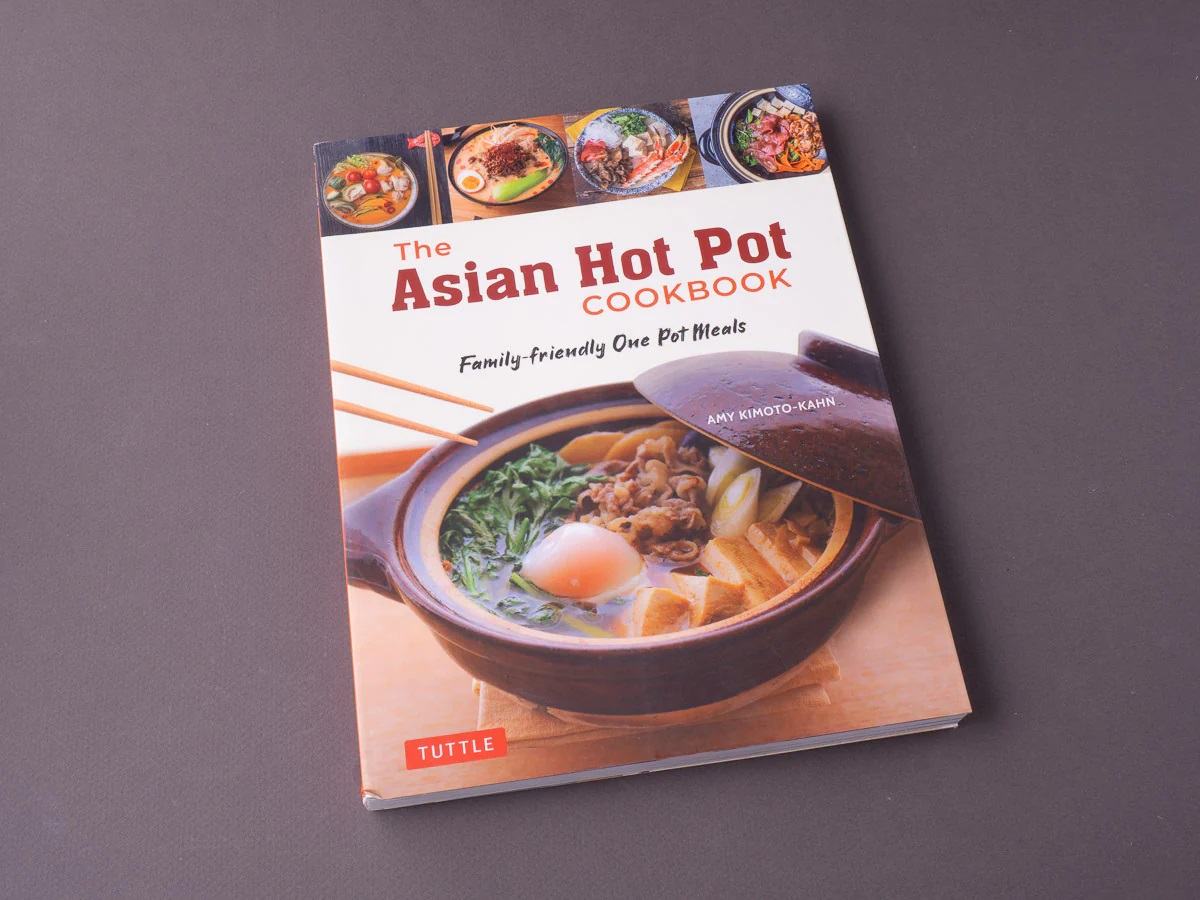
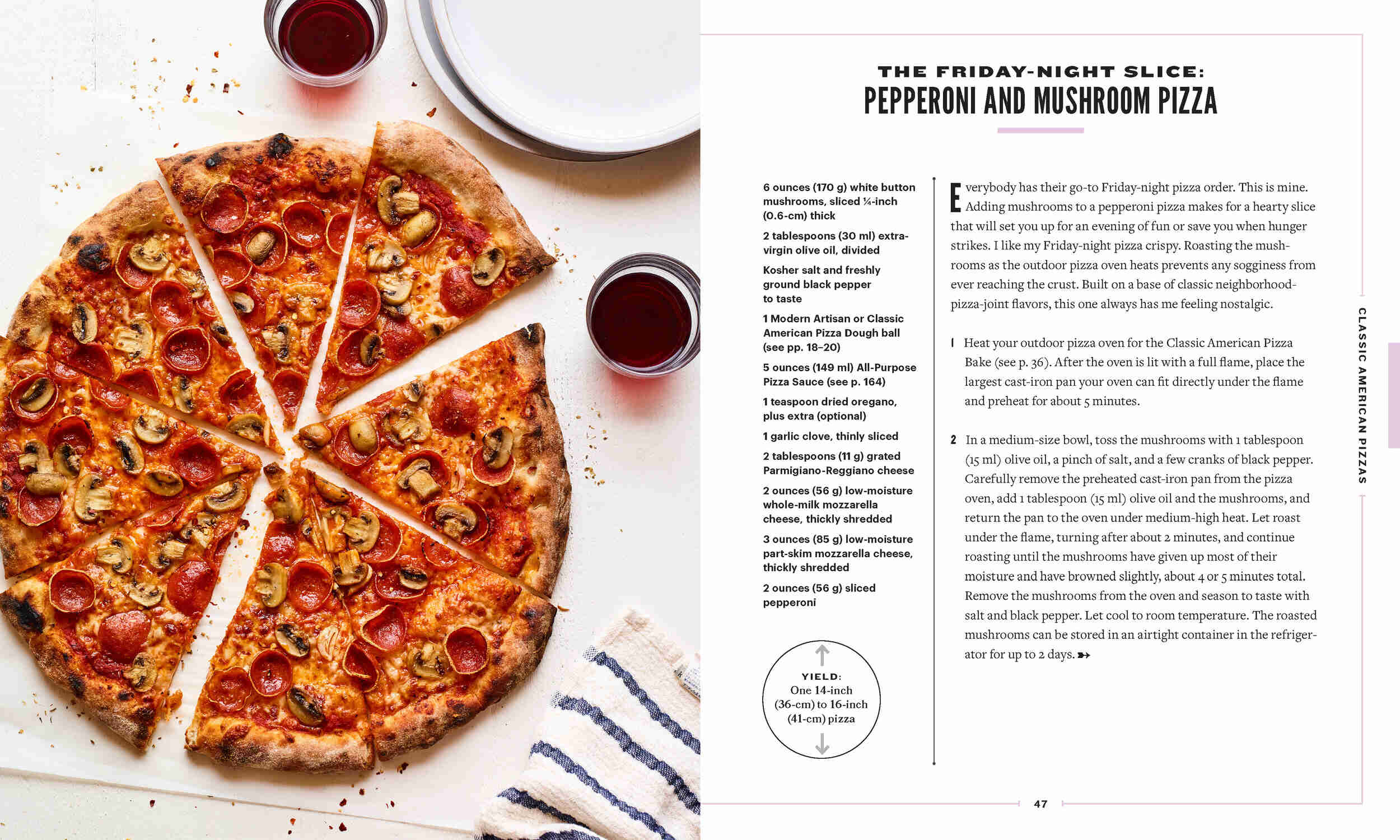
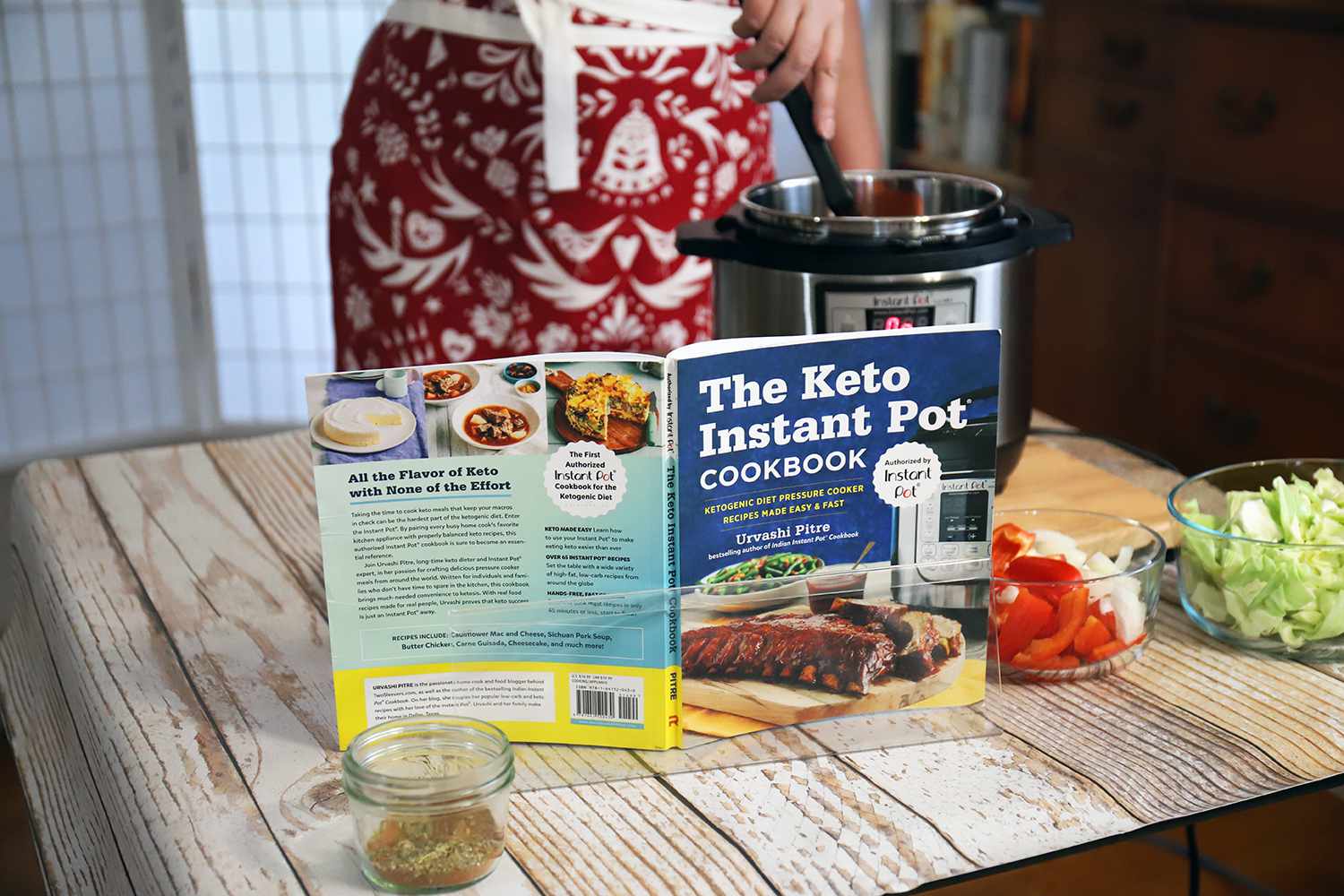
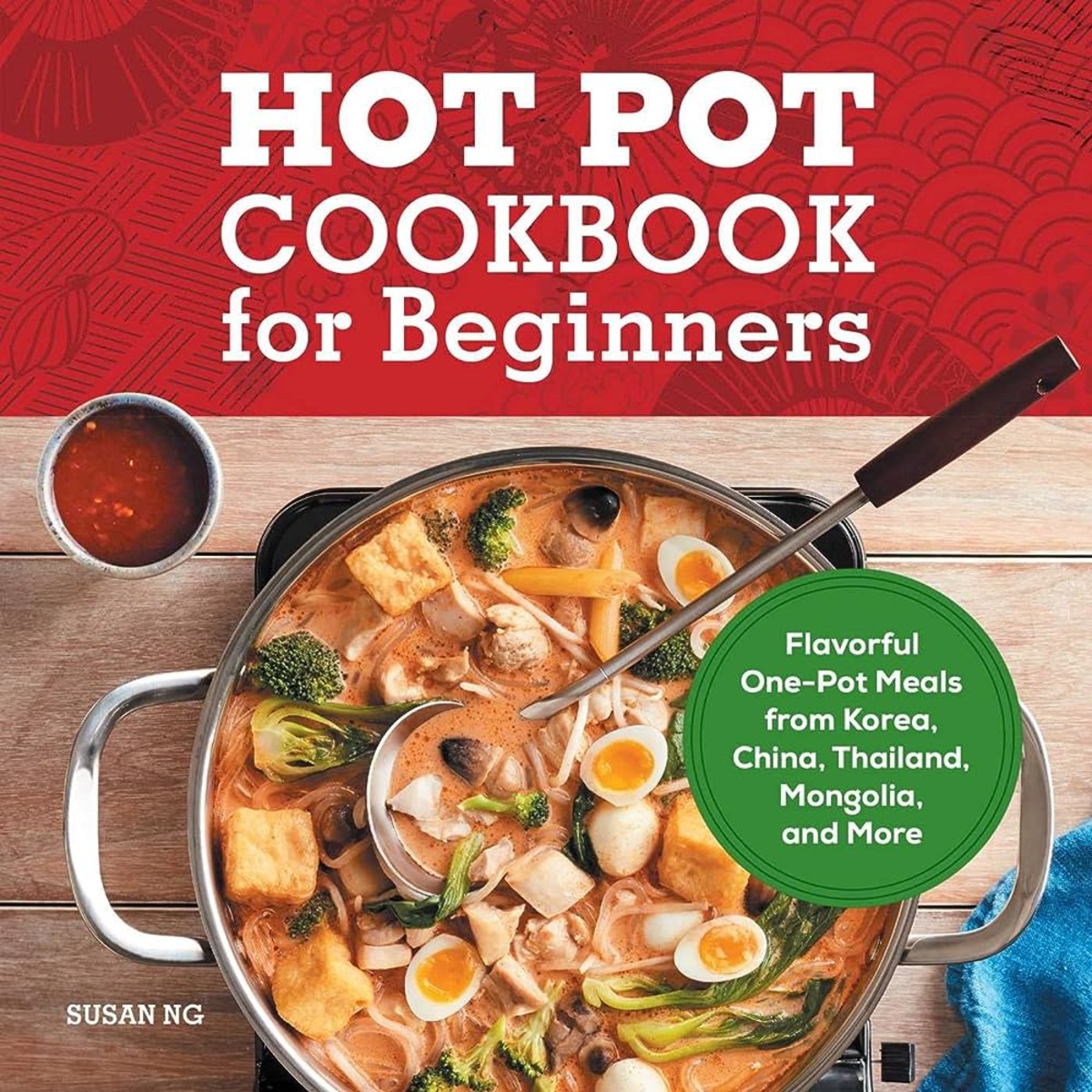
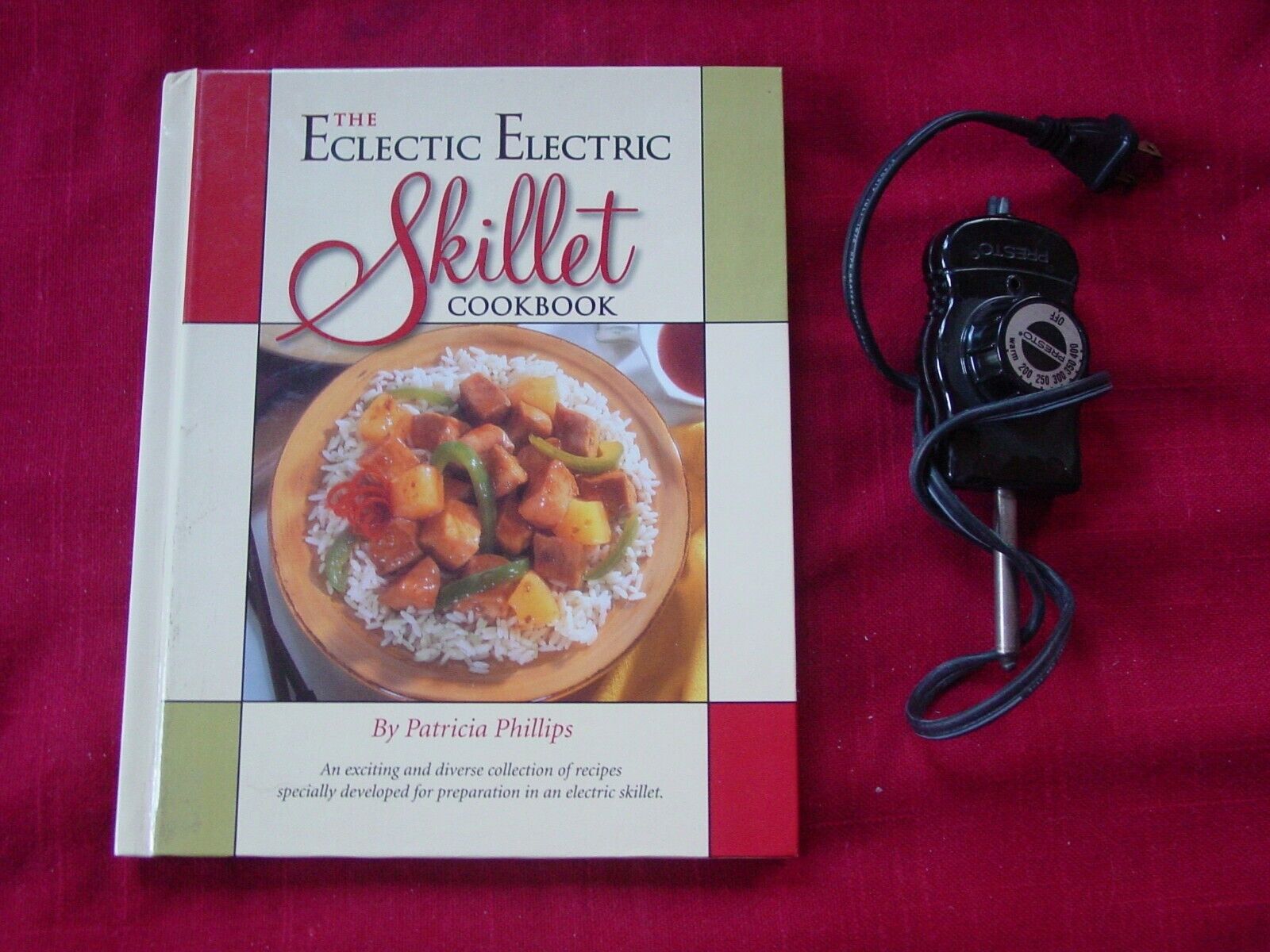
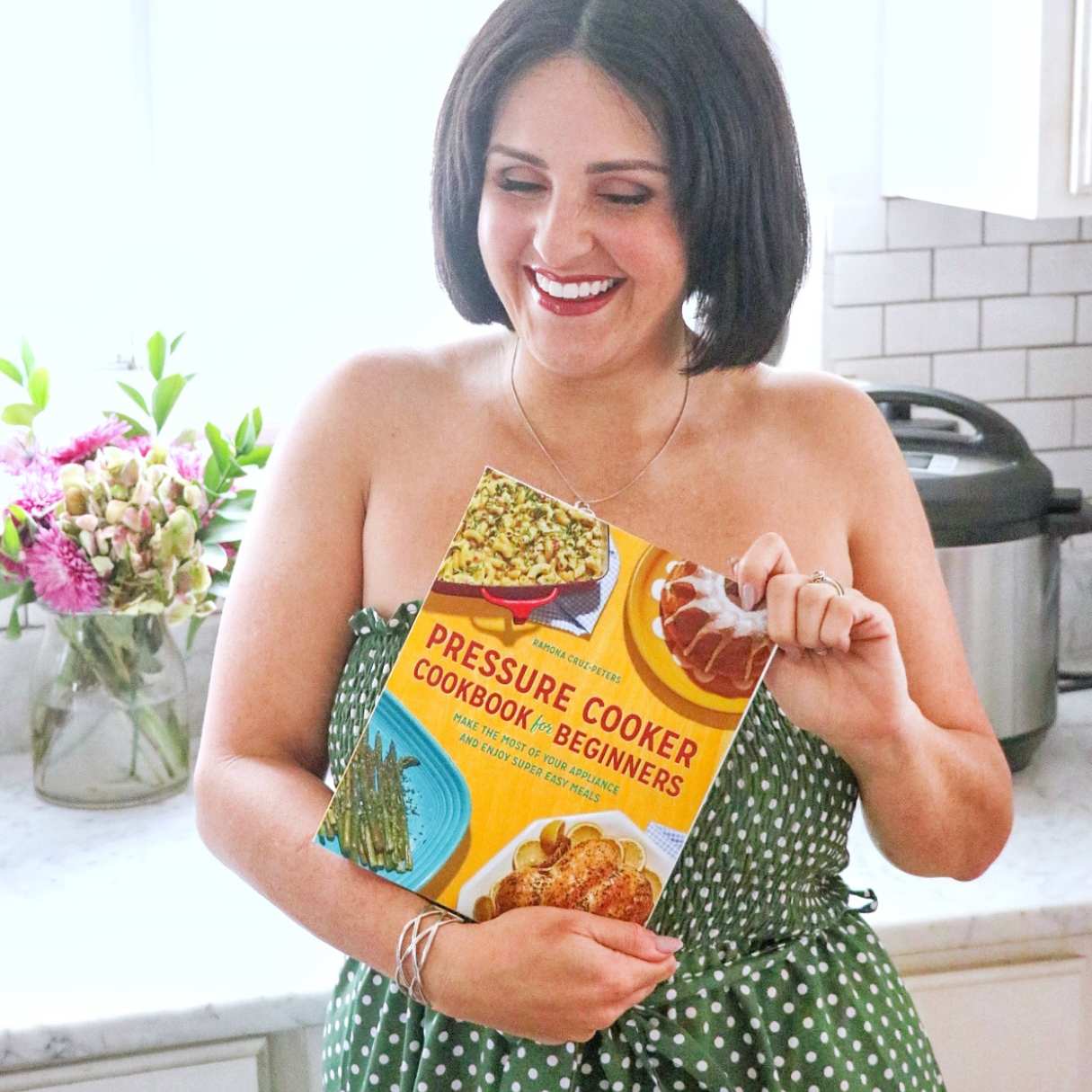
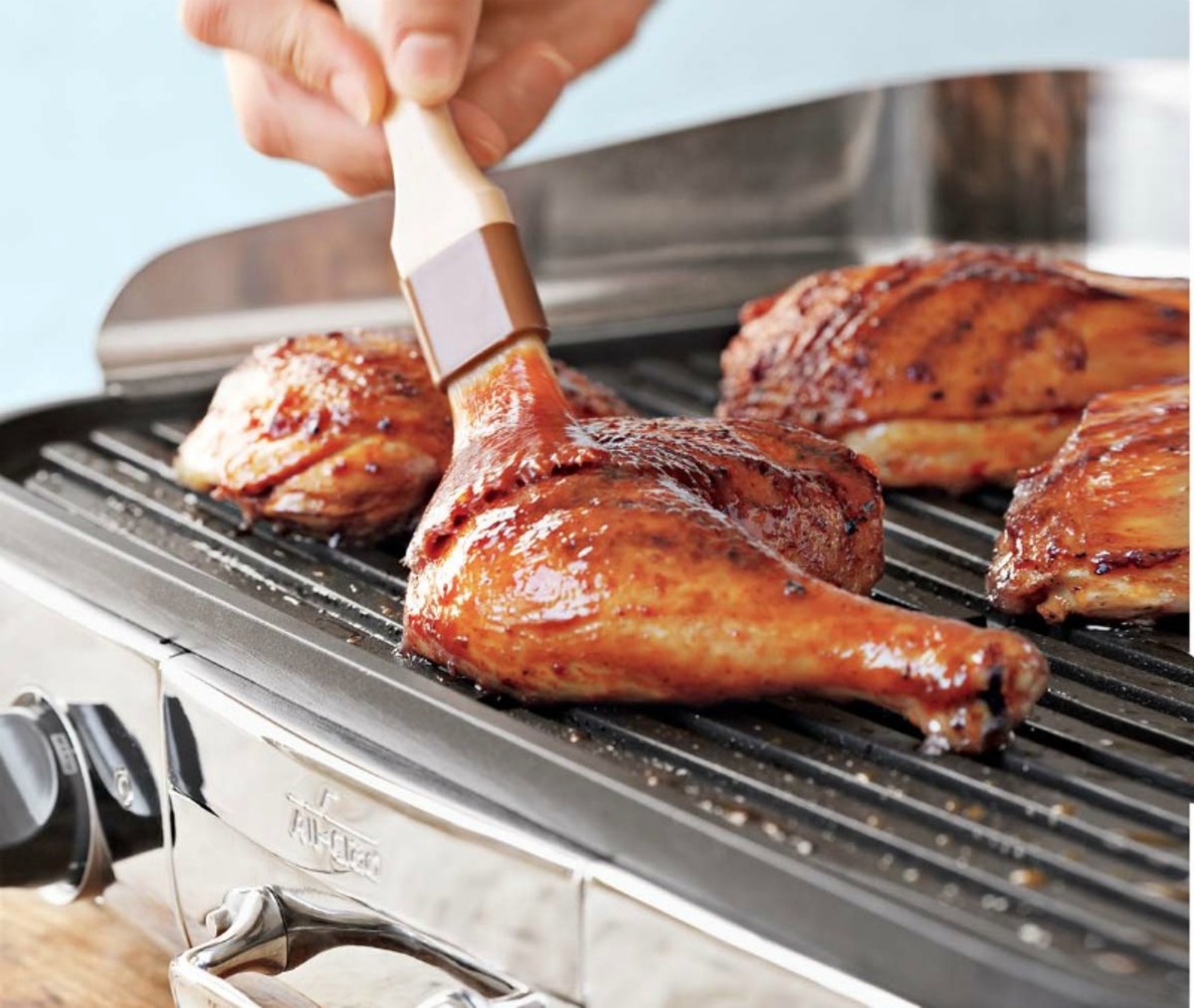
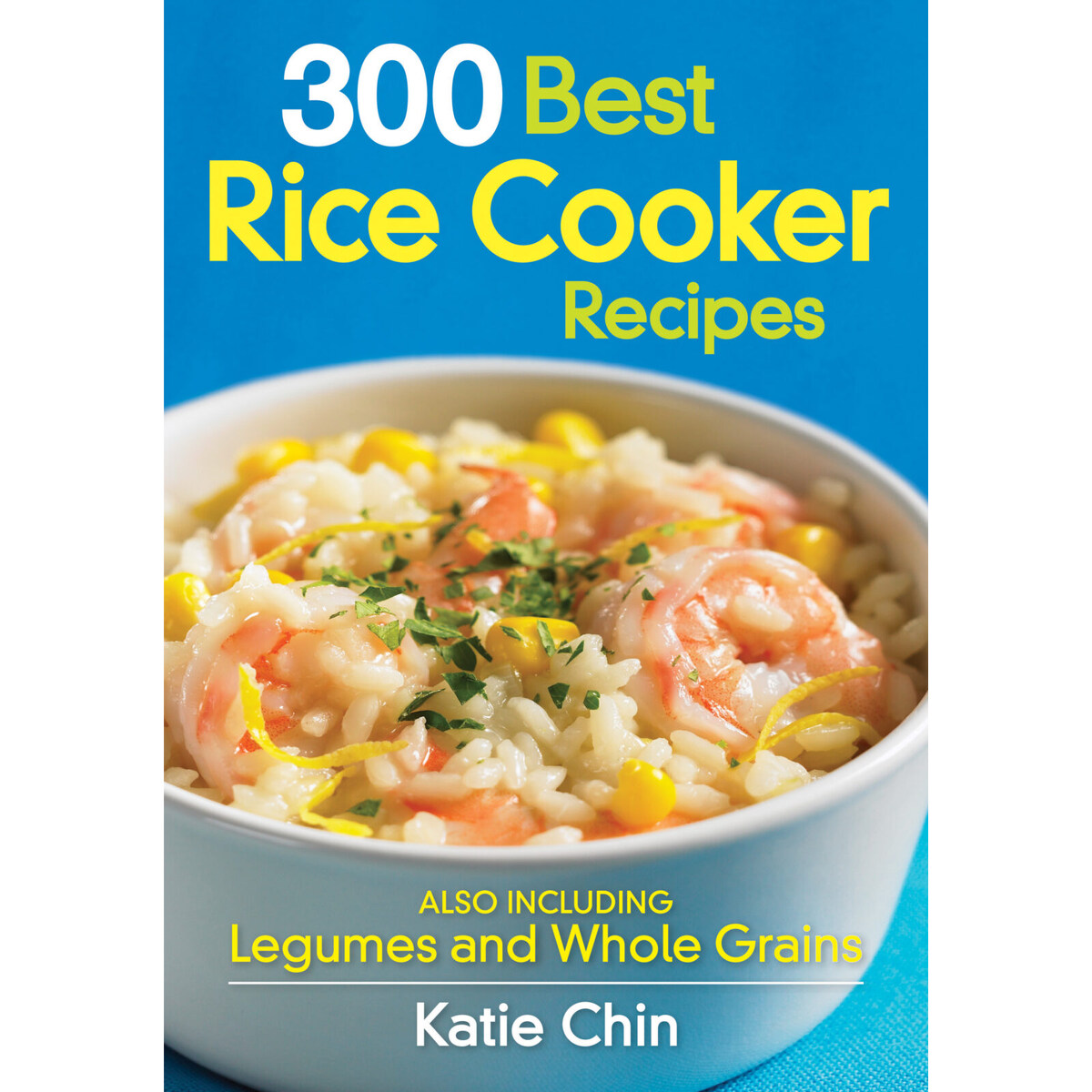
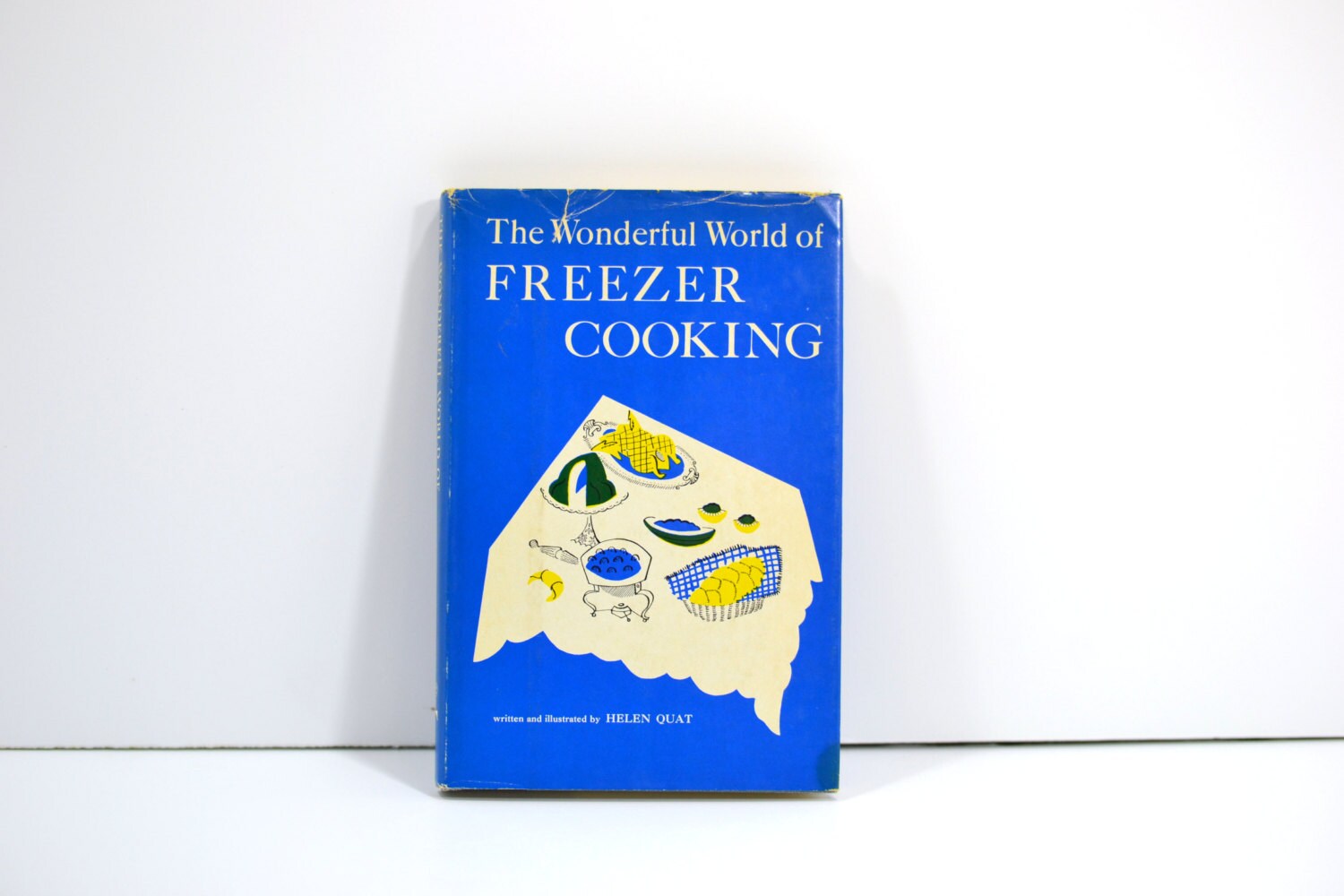
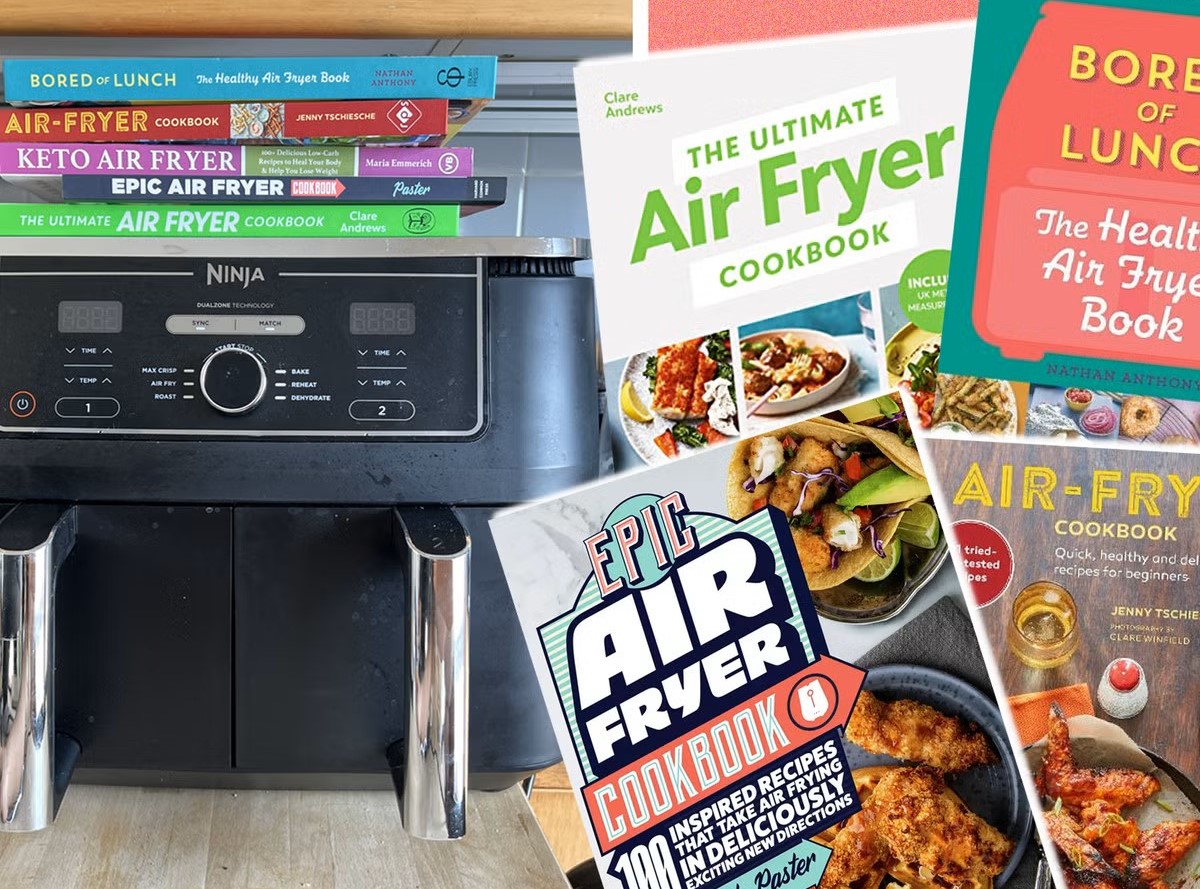
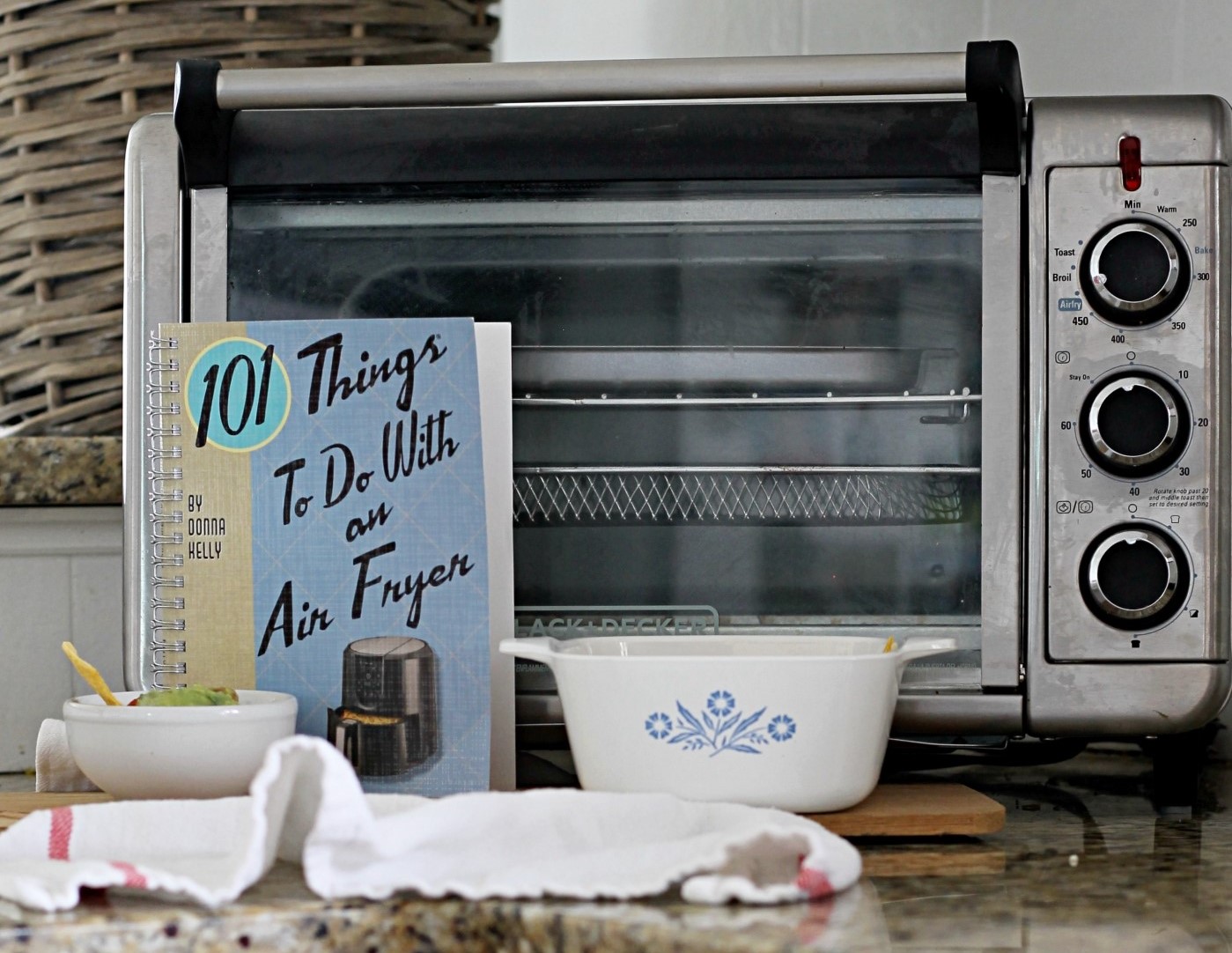
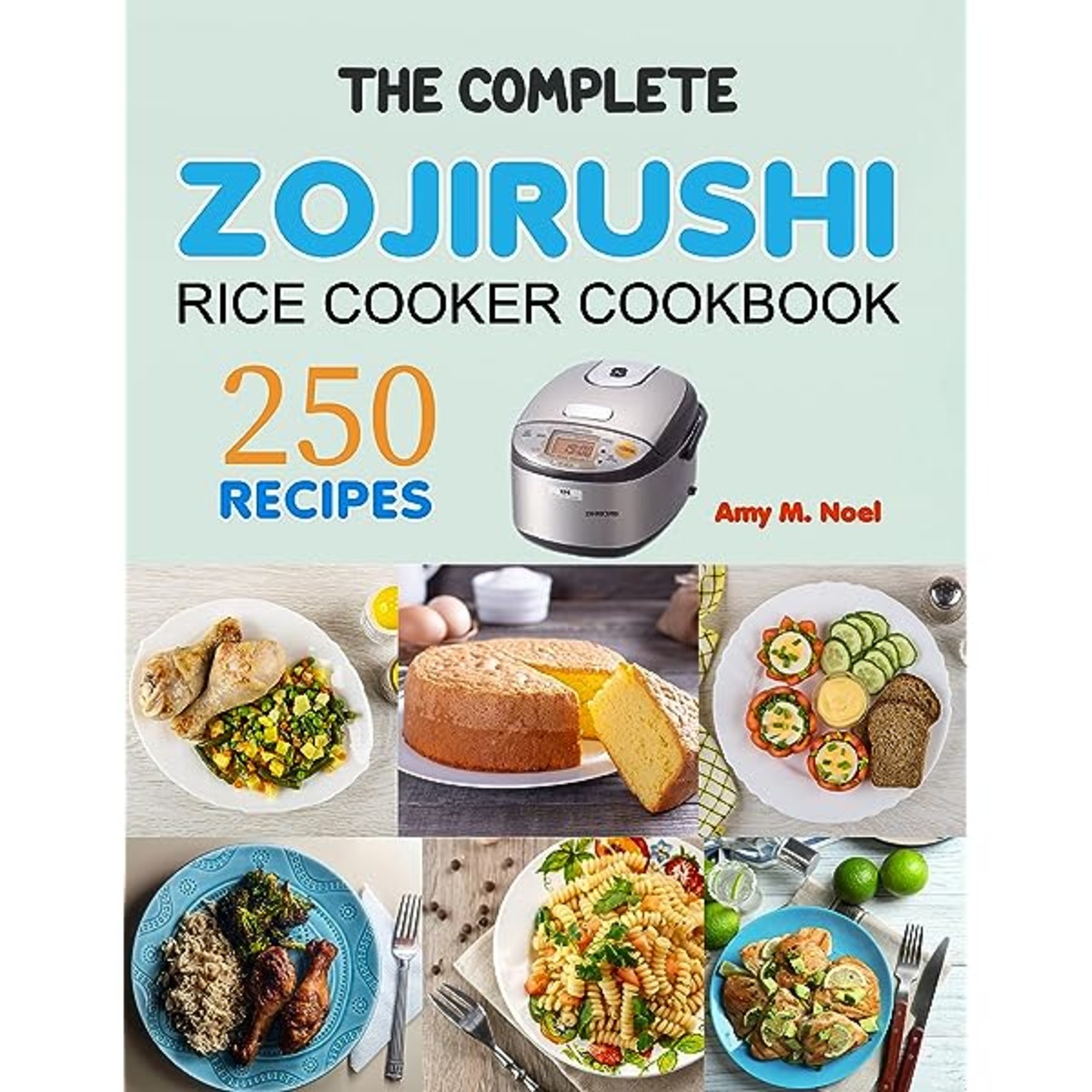
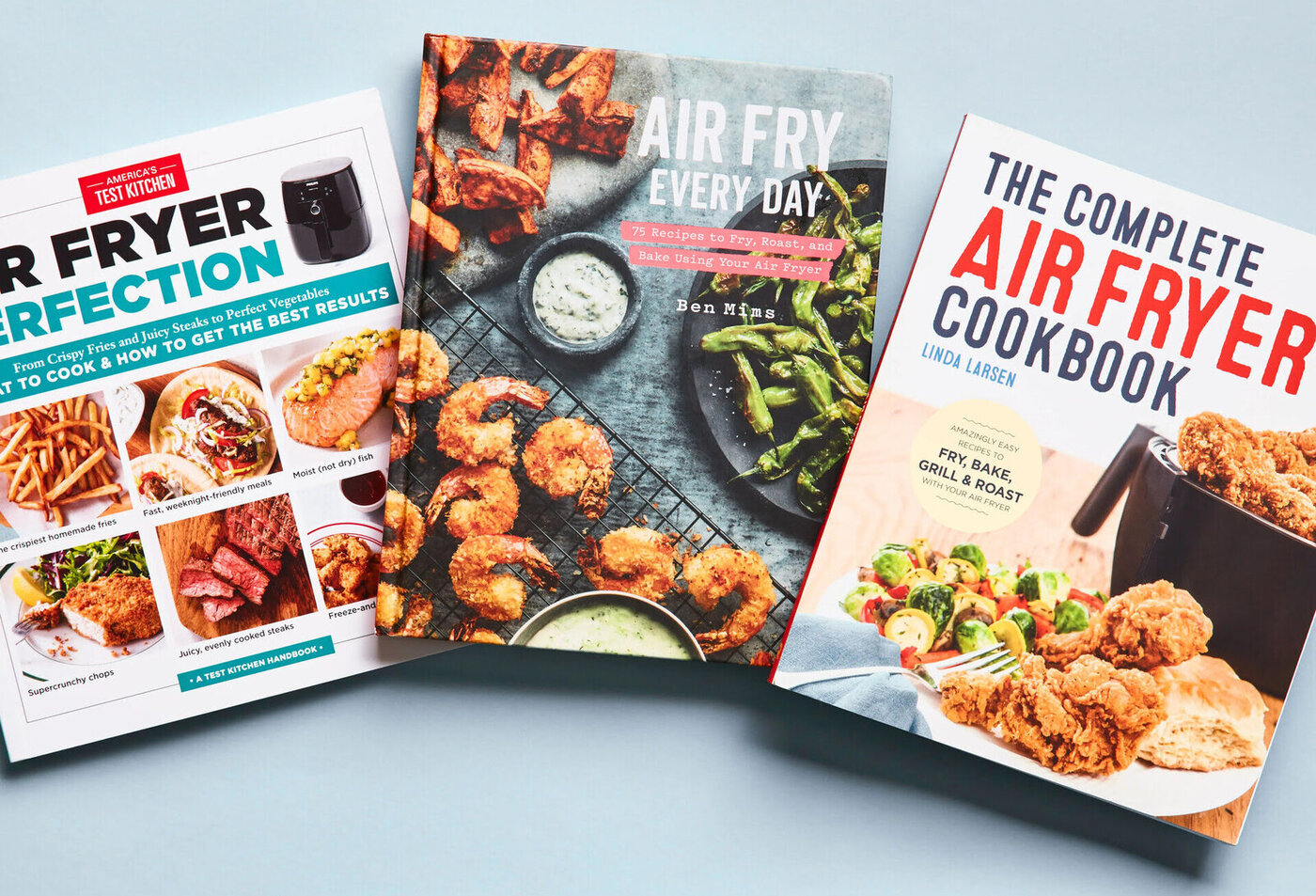

0 thoughts on “How To Store Cookbooks”